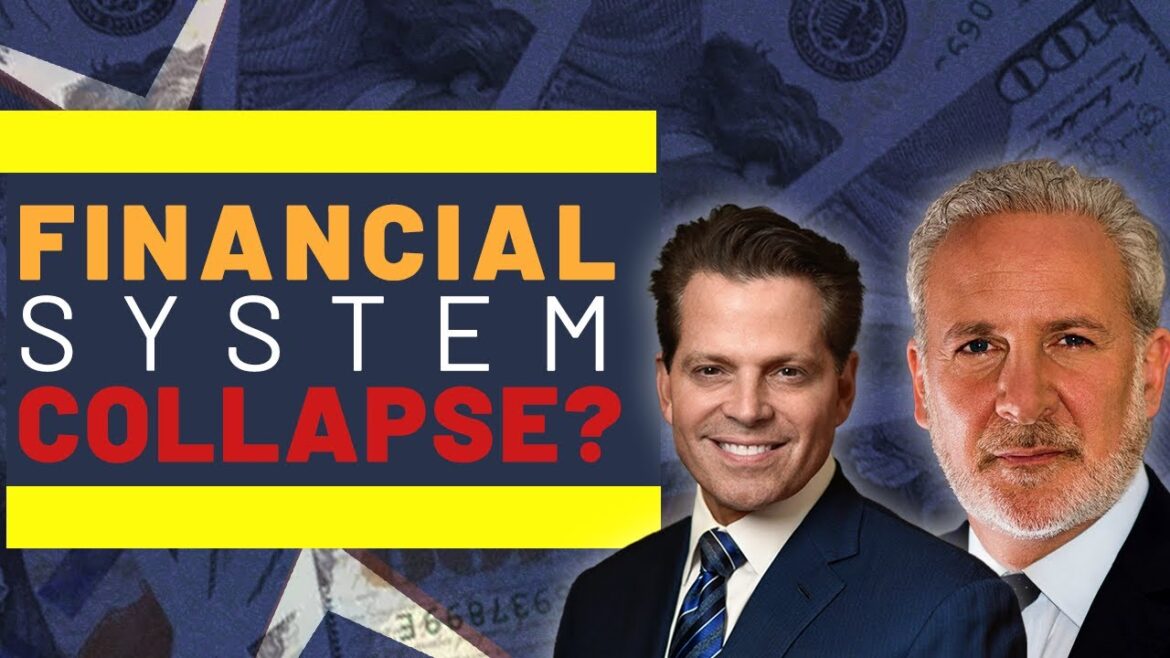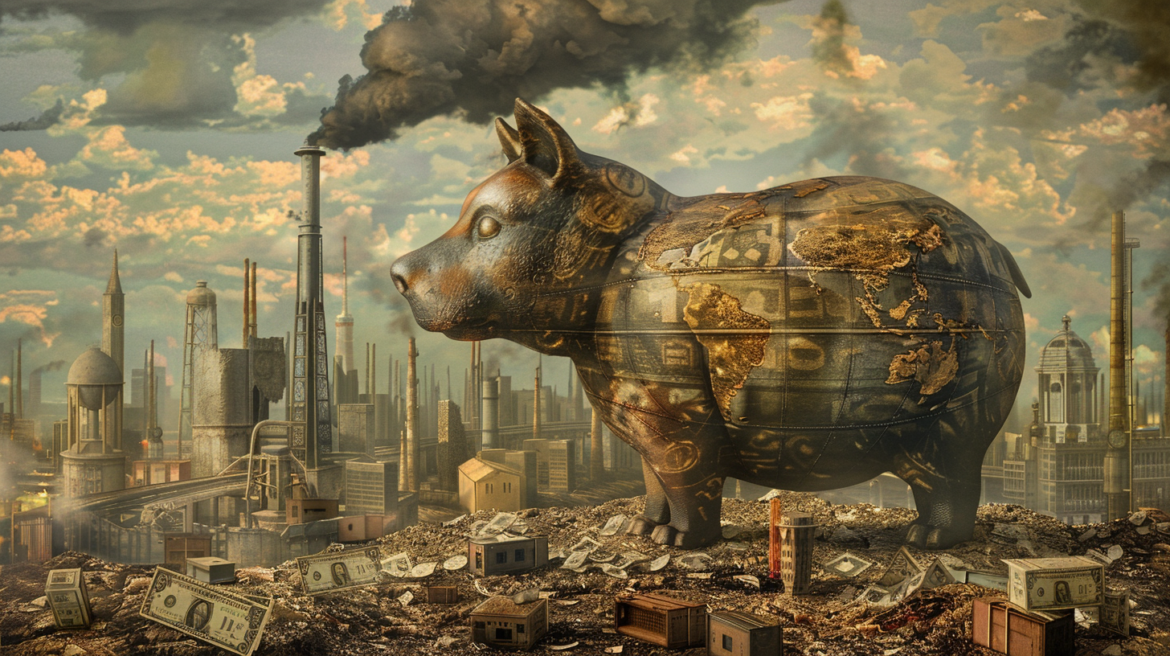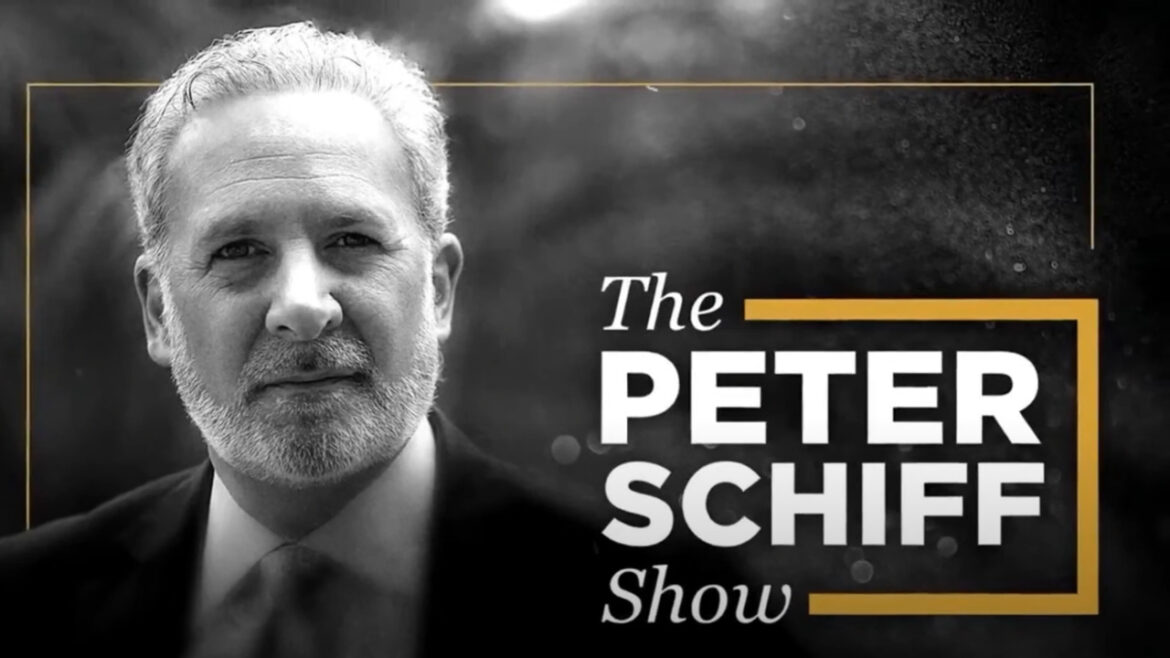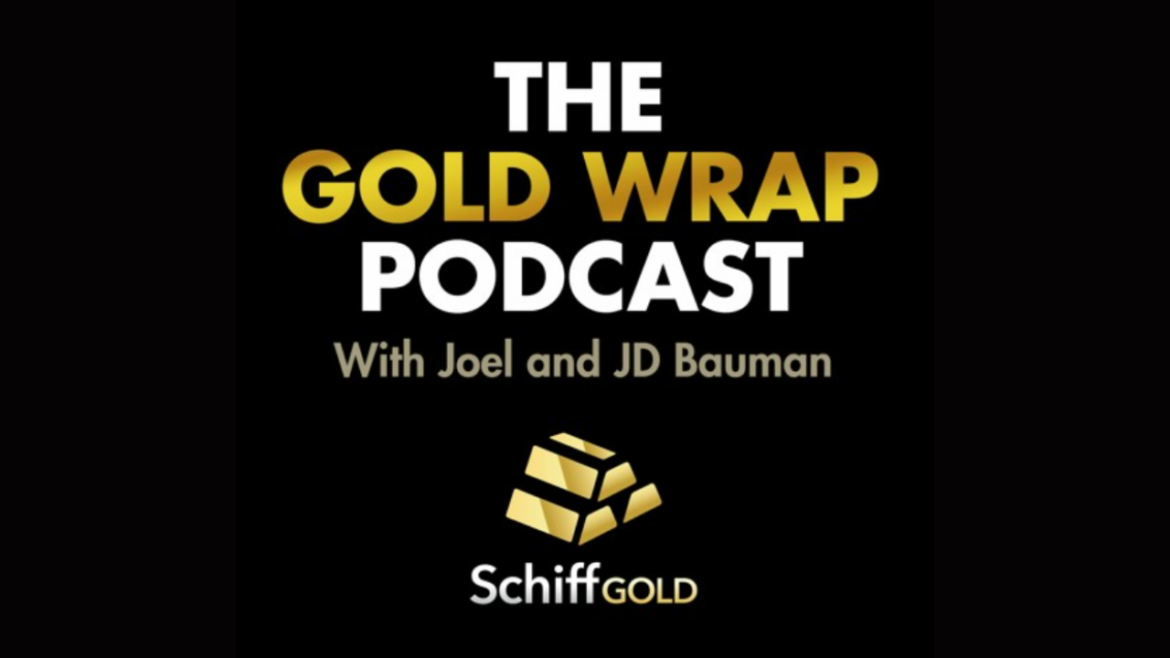Precious metals are apparently waking up. And here is where you can find the best deals.
Site:
Precious metals news
Recently, gold has responded strongly to real yields, buoyed by significant central bank purchases. With real yields peaking, ongoing geopolitical tensions, sustained demand from central banks, and robust retail jewelry demand, JP Morgan holds a positive outlook on gold. They argue for its inclusion in diversified portfolios for its potential to protect against short-term risks, serve as a long-term store of value, and diversify portfolio risk.
Over the last three years, physical gold has significantly outshined gold-mining company shares, marking one of the most substantial performance gaps in recent decades. Gold's value soared to a new record, surpassing $2,200 per ounce, whereas the PHLX Gold/Silver Index, representative of gold-mining companies, has not seen growth in the same period. This trend suggests that after a phase where gold shares lag behind physical gold, gold-mining shares usually bounce back, outperforming rather than gold bullion's performance declining. Therefore, the historical pattern indicates potential for gold-mining shares to offer lucrative returns in the wake of their underperformance compared to physical gold.
Last week, Peter was interviewed on Speak Up with Anthony Scaramucci. In their conversation, they covered a wide range of important topics, including inflation, the fate of the dollar, and the trade-offs between gold and cryptocurrency.
Goldman Sachs forecasts a positive returns for commodities in 2024, anticipating a 15% return driven by global central banks lowering interest rates. This monetary policy shift aims to bolster both industrial and consumer demand. The firm highlights potential in copper, aluminum, gold, and oil, emphasizing selective investment due to non-uniform gains across all commodities. The optimism stems from a notable first-quarter performance, with commodities like crude oil strengthening, gold reaching new highs, and copper prices surging.
 METALS & ENERGY UPDATE MAR 25th: Large Investments In European Silver ETFs & Uncovering Bad Analysis On The Bitco...
METALS & ENERGY UPDATE MAR 25th: Large Investments In European Silver ETFs & Uncovering Bad Analysis On The Bitco...March 25, 2024
Not ONE, but TWO European Silver ETFs saw significant increases in silver inventories and investment over the past two weeks. Who are the entities buying silver in Europe? Also, it's time to put some light on the lousy analysis by members of our community on the Bitcoin Mining Industry...
Assuming CPI measurements are not understatements, the dollar's value has plummeted by a staggering one-fifth since 2020, yet, rather than acknowledging its role in fueling this economic turmoil, the Biden administration deflects, casting capitalism and corporate greed as the villains. The latest February CPI data show more signs of the upcoming inflation bloodbath.
Please note: the CoTs report was published on 03/22/2024 for the period ending 03/19/2024. “Managed Money” and “Hedge Funds” are used interchangeably.The Commitment of Traders report is a weekly publication that shows the breakdown of ownership in the Futures market. For every contract, there is a long and a short, so the net positioning will always be zero, but the report shows who is positioned long or short. Historically, Hedge Funds (Managed Money) dominate the price action in both Gold and Silver. That continues to be the case, but it’s possible that there could also be some Hedge Funds looking to stress the Comex by taking physical delivery.
This time Peter tackles Jerome Powell’s speech from Wednesday, in which he announced that the Fed is holding the federal funds rate between 5.25 and 5.5%. He also briefly discusses Bitcoin’s pullback and the media’s lies about Donald Trump.
The Bank of Japan’s historic move to end the country’s negative interest rate policy after nearly two decades triggered a jolt upward to new all-time highs for gold against the yen. But what are the implications for gold in the medium and longer term? The answer is far from simple.
Central banks' increasing interest in gold, alongside anticipated Federal Reserve rate cuts, are fueling expectations for a renewed gold bull run. The combination of strong physical demand, substantial official sector purchases, and the Federal Reserve's dovish stance is predicted to push gold prices to an average of $2,250 per ounce in the next quarter and maintain an annual average of $2,113 per ounce for 2024. With traders and investors currently under-positioned in gold, the expected reduction in interest rates could boost speculative interest and ETF demand, potentially driving prices to exceed $2,300 in the coming six months. Moreover, factors such as central banks' record gold purchases, the desire to hedge against inflation and default risks, and geopolitical tensions are likely to support and even amplify the price rally.
Will 2024 be the year of the metals? Gold has just reached a fresh record high driven by strong retail demand and record central bank buying. With the prospect for rate cuts in the US later this year, further strength could lie ahead.
Incrementum is back with their latest chartbook featuring the latest gold and silver charts.
Leading asset management firm, BlackRock, warns that longer-term U.S. Treasury bonds may face risks if the Federal Reserve's anticipated interest rate cuts clash with persistent inflation. Despite the Fed's dovish stance, expecting three rate cuts this year amidst stronger economic growth, stubborn inflation could challenge this outlook. According to David Rogal of BlackRock's Fundamental Fixed Income Group, the current bond prices for intermediate and long-term maturities don't adequately account for the possibility of the Fed maintaining higher interest rates for an extended period
The dollar is on track for its second consecutive week of gains, showcasing its resilience and strength in the global currency market. This week has witnessed a significant shift in global monetary policy, with various major central banks adjusting their interest rate policies. Notably, even Japan's rate hike and Switzerland's unexpected rate cut have not slowed the dollar's ascent. These developments underscore the widening disparity in interest rate strategies between the Federal Reserve and other global central banks, further bolstering the dollar's position.
Over the past decade, Kazakhstan has significantly altered the composition of its gold and foreign exchange reserves, according to a report by LS. As of February 2024, the National Bank of Kazakhstan reported the country's total reserves at $36.1 billion, a 38.6% increase from $26.05 billion in 2014. This growth is characterized by a decrease in foreign currency assets by $4 billion and a remarkable increase in gold reserves by 3.2 times—from $6.3 billion in February 2014 to $20.01 billion in 2024.
JD and Joel discuss this week's Fed announcement. It caused new all-time highs in gold, but this all but confirms a coming inflation bloodbath. We also discuss ways the dollar can stay "strong" even amid high inflation.
 ZeroHedge: Price Inflation Accelerates for Second Month as Biden Blames "Greed"
ZeroHedge: Price Inflation Accelerates for Second Month as Biden Blames "Greed"Mar 21, 2024 - 14:00:35 PDT
The Bureau of Labor Statistics reports a continued increase in the Consumer Price Index (CPI) inflation rate, marking a 3.2% rise year over year in February. This marks the 36th consecutive month where inflation has surpassed the Federal Reserve's 2% target. Contrary to earlier predictions, the recent data suggests that the inflationary trend is not as temporary as previously thought.
The S&P 500 marked its 20th record high of the year, propelled by a surge in risk appetite among investors. Despite experiencing declines in major technology firms like Apple Inc. and Alphabet Inc., the index's overall momentum remained robust. Concurrently, the Nasdaq 100 achieved a new peak, partly thanks to a positive outlook from Micron Technology Inc. Moreover, Reddit Inc. experienced a notable surge in its market debut. This market enthusiasm comes in the wake of encouraging data across housing, manufacturing, and the labor market, suggesting a sturdy economy.
In response to staggering inflation rates of 67%, Turks are increasingly seeking refuge in the stability of the dollar, gold, and stocks, moving away from the rapidly depreciating Turkish lira. In the bustling environment of Istanbul’s Grand Bazaar, traders congregate in what's known as a “standing market,” a vibrant hub resembling a stock exchange floor, to exchange precious metals and currencies. The current economic climate has severely undermined confidence in the Turkish lira, prompting individuals like trader Adnan Kapukaya to declare the national currency as "almost worthless." This dramatic shift in preference underscores the public's loss of faith in the lira due to unrelenting inflation and their consequent pivot towards more reliable assets.
Gold prices have surged to record highs and Bank of America (BofA) Securities forecasts even further growth ahead. On Thursday, spot gold reached a new peak of $2,222.14 per ounce, while gold futures neared a record $2,224.80. This rally was fueled by the Federal Reserve's hints at possible rate cuts within the year, which weakened the U.S. dollar and, in turn, elevated gold's appeal. Over the past two years, rising interest rates had negatively impacted gold, but BofA now highlights gold as a prime investment for 2024.










